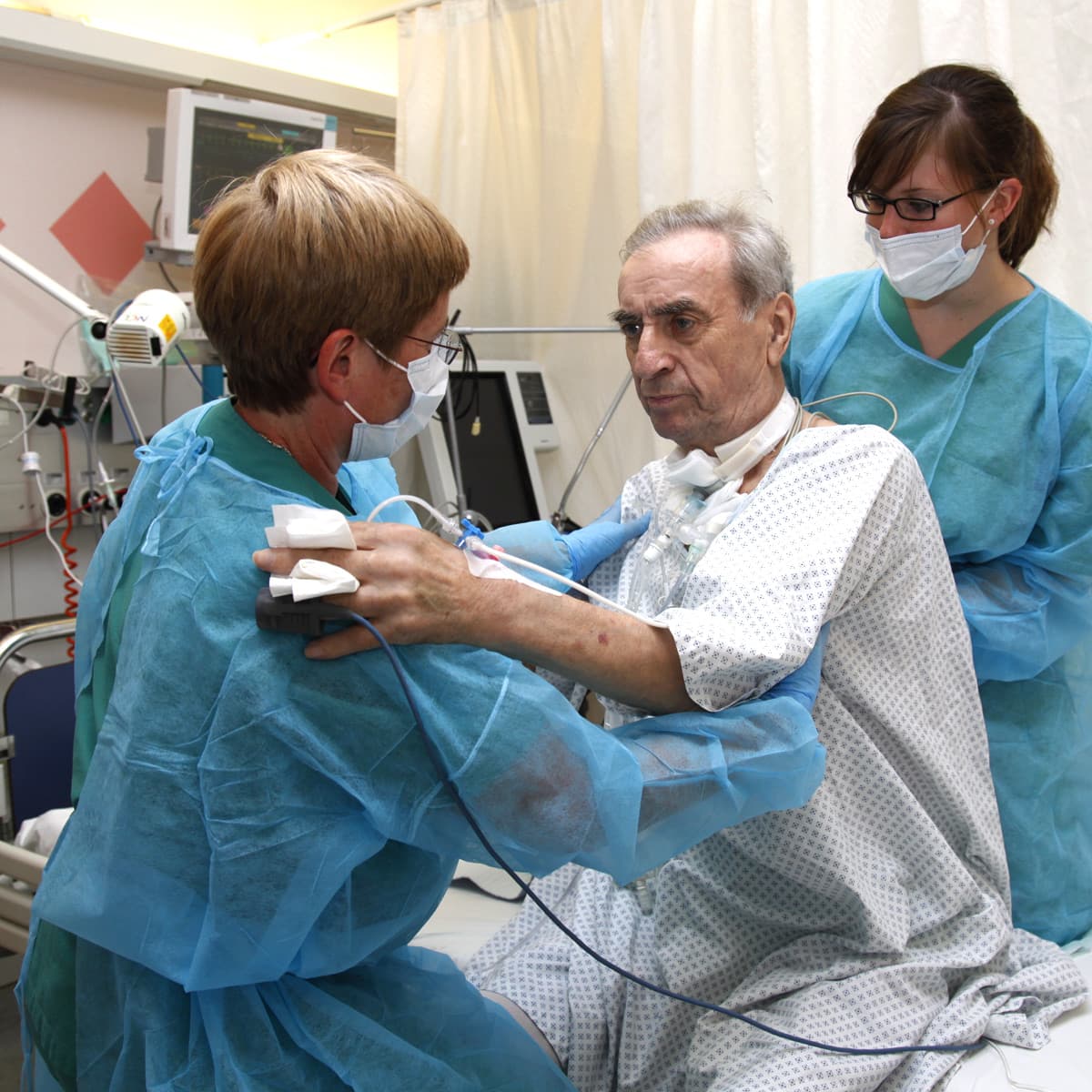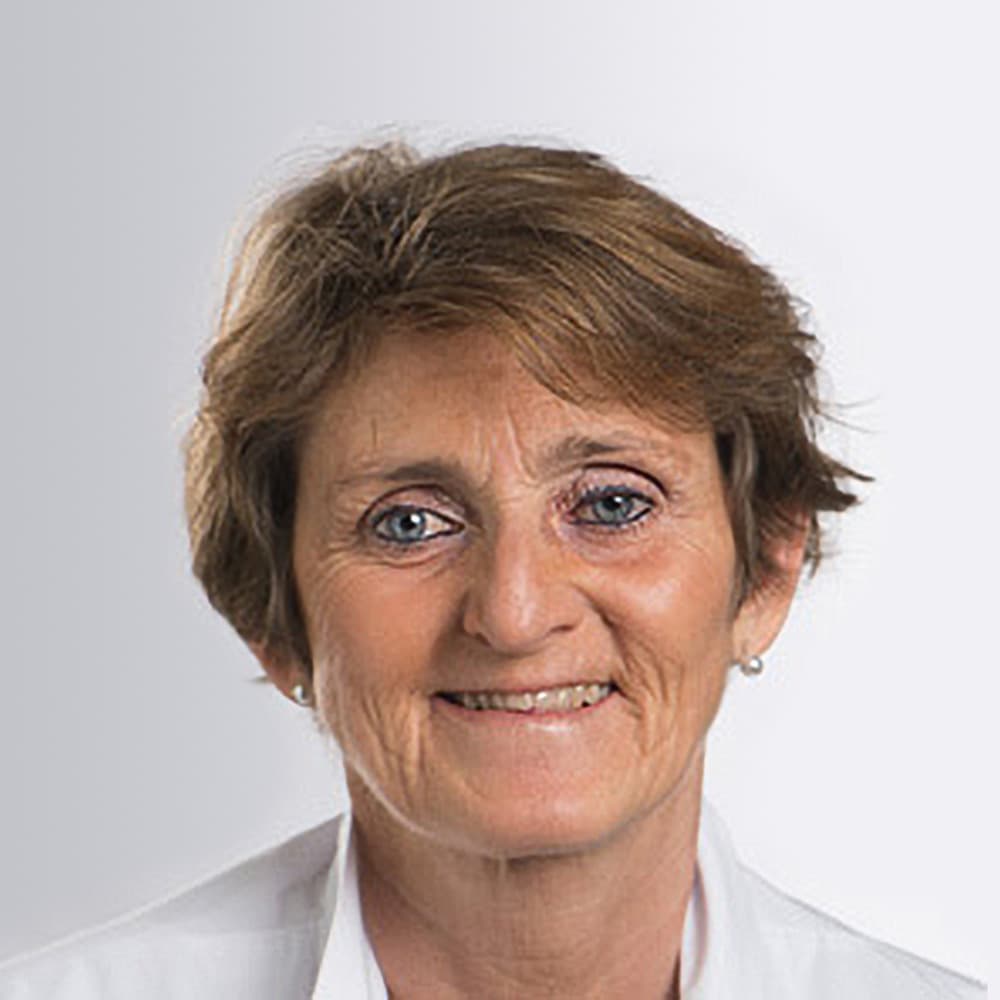Manual early mobilization is part of the ABCDEF-bundle and is seen as one of the most important measure in the prevention of negative effects of immobility.
Early mobilization accelerates the recovery process and reduces secondary complications associated with immobility.
Early mobilization was shown be an effective treatment:
- Stimulation of neuromuscular function
- Improvement of respiratory function & diaphragmatic function
- Improvement of vigilance through positional change
- Stimulation of the cardiovascular system
- Triggering of metabolic activity
- Thrombosis prophylaxis
- Decubitus prophylaxis
- Preservation of muscle strength and bone density
- Stimulation of the digestive system
- Reduction of the risk of delirium





